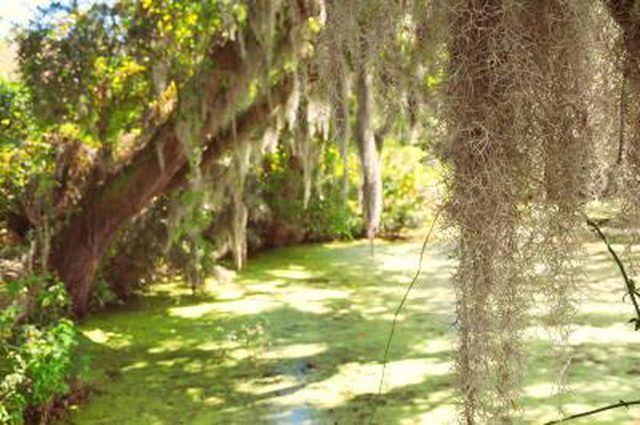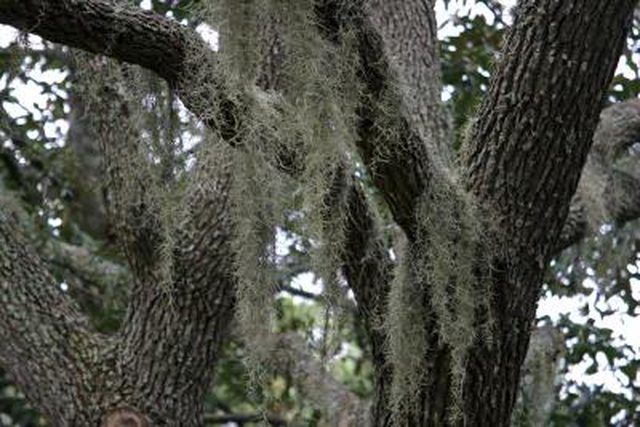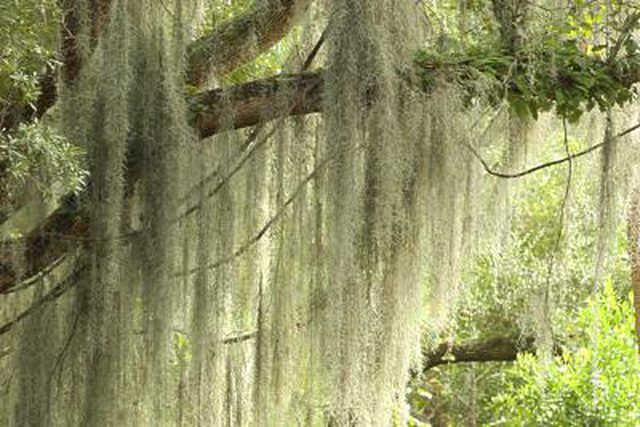Bulbs
Flower Basics
Flower Beds & Specialty Gardens
Flower Garden
Garden Furniture
Garden Gnomes
Garden Seeds
Garden Sheds
Garden Statues
Garden Tools & Supplies
Gardening Basics
Green & Organic
Groundcovers & Vines
Growing Annuals
Growing Basil
Growing Beans
Growing Berries
Growing Blueberries
Growing Cactus
Growing Corn
Growing Cotton
Growing Edibles
Growing Flowers
Growing Garlic
Growing Grapes
Growing Grass
Growing Herbs
Growing Jasmine
Growing Mint
Growing Mushrooms
Orchids
Growing Peanuts
Growing Perennials
Growing Plants
Growing Rosemary
Growing Roses
Growing Strawberries
Growing Sunflowers
Growing Thyme
Growing Tomatoes
Growing Tulips
Growing Vegetables
Herb Basics
Herb Garden
Indoor Growing
Landscaping Basics
Landscaping Patios
Landscaping Plants
Landscaping Shrubs
Landscaping Trees
Landscaping Walks & Pathways
Lawn Basics
Lawn Maintenance
Lawn Mowers
Lawn Ornaments
Lawn Planting
Lawn Tools
Outdoor Growing
Overall Landscape Planning
Pests, Weeds & Problems
Plant Basics
Rock Garden
Rose Garden
Shrubs
Soil
Specialty Gardens
Trees
Vegetable Garden
Yard Maintenance
Symbiotic Relationship Between Spanish Moss & Trees
Symbiotic Relationship Between Spanish Moss & Trees. Symbiotic relationships involve an organism that lives on another and thereby derives some advantage, which may or may not be mutual. The relationship between Spanish moss and the trees it colonizes is an example of symbiosis.
Symbiotic relationships involve an organism that lives on another and thereby derives some advantage, which may or may not be mutual. The relationship between Spanish moss and the trees it colonizes is an example of symbiosis.

Spanish moss is a type of epiphyte, a plant that lives on another. Epiphytes are distinct from parasitic plants in that they make their own food, so they do not harm the host tree; the host tree neither gains nor loses by their presence. Ecologists call this kind of relationship commensalism.

The Spanish moss plant does not have any roots; it wraps itself around the branches of the tree and collects water through special scale-like structures on its leaves. Its favorite hosts are oak and cypress, although it sometimes grows on other trees as well.

Like other green plants, Spanish moss is a photosynthesizer. Although it is not a parasite, it can upon occasion harm the host tree, especially if the plant grows to the point where it blocks light from reaching some of the tree's leaves or becomes so heavy the branch breaks beneath its weight. Occasional trimming should be sufficient to avert both of these problems.
